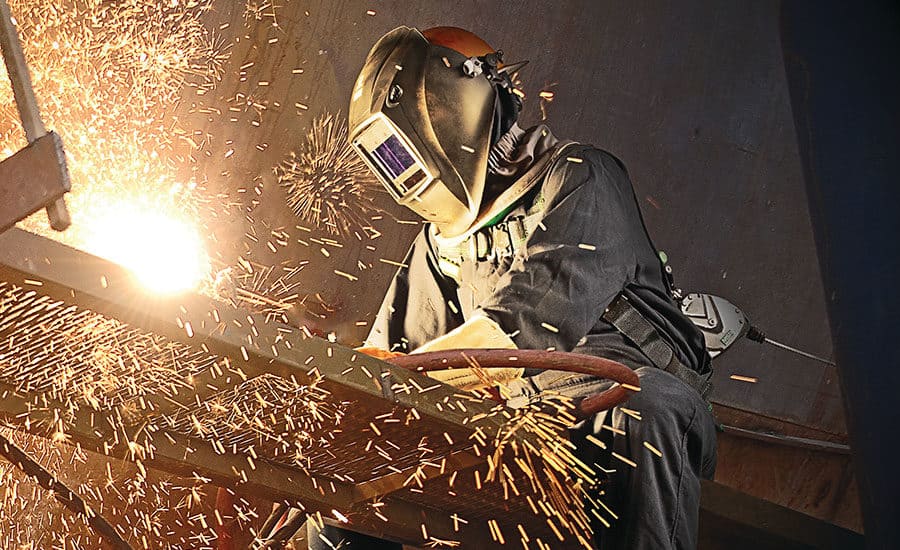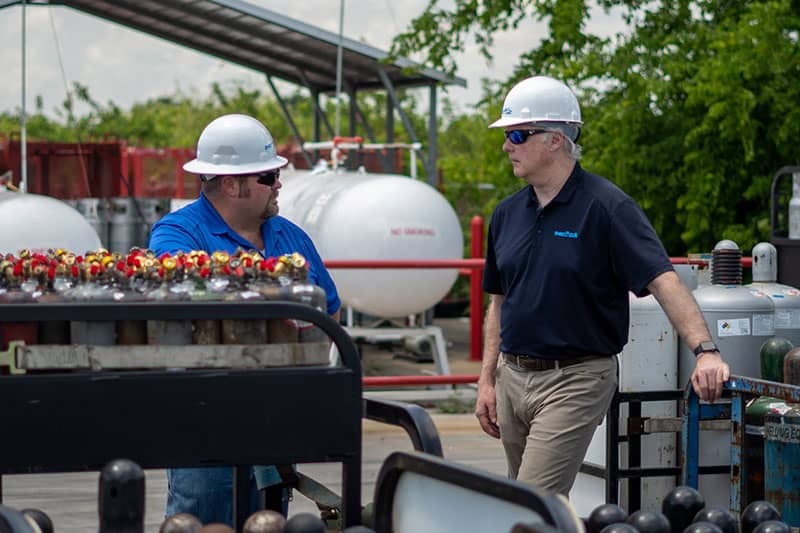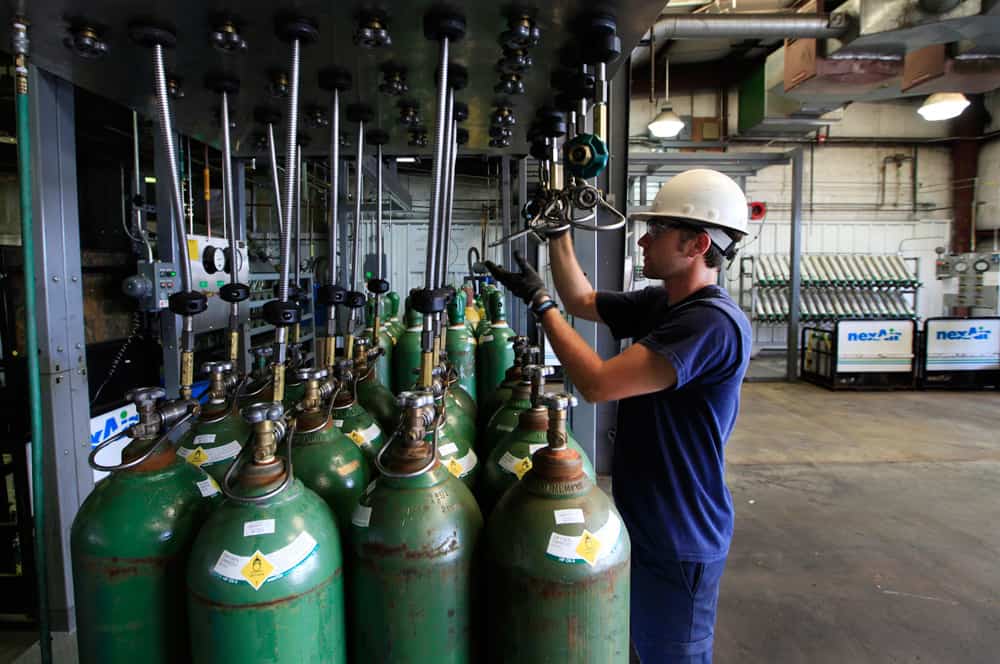Renting vs. Buying: What You Need to Know About Welding Automation Equipment
Automation equipment salespeople love showing off their latest robotic welding systems during trade shows. The demonstrations look impressive – perfect welds, consistent quality, lights blinking in all the right places. Then they mention the price and suddenly everyone gets very quiet.
The sticker shock hits hard because most fabrication shops operate on tight margins where a single bad month can create serious cash flow problems. Committing to expensive equipment purchases requires careful planning and honest assessment of how much the equipment will actually get used.
Rental Makes Sense Sometimes
Equipment rental companies have started targeting fabrication shops with flexible arrangements that spread costs over time without the long-term commitment. You pay monthly fees instead of large upfront investments, and someone else handles maintenance headaches when things break.
The appeal becomes obvious for shops facing specific project requirements. Maybe you landed a contract requiring precision welding that your current manual setup cannot handle consistently. Renting automation equipment for the contract duration might cost less than purchasing equipment you might not need afterward.
Training comes included with most rental packages, which saves shops from figuring out programming and operation on their own. Technical support stays available throughout the rental period, providing backup when operators encounter problems they cannot solve independently.
Ownership Has Different Advantages
Buying equipment outright eliminates ongoing rental payments that can strain budgets during slow periods. Once you own the equipment, operating costs drop to utilities, maintenance, and consumables rather than monthly rental fees that continue regardless of how much work you actually have.
Ownership provides complete control over equipment modifications, operating schedules, and integration with existing processes. Rental agreements often restrict modifications or require approval for changes that could optimize performance for your specific applications.
Tax benefits from equipment ownership include depreciation deductions and potential investment credits that rental arrangements cannot provide. Your accountant can calculate whether these benefits offset the higher initial investment required for equipment purchases.
The Real Decision Factors
Utilization rates determine which approach makes financial sense. Equipment that runs consistently for years justifies purchase costs through accumulated savings versus rental fees. Intermittent use or specialized applications might work better with rental arrangements.
Cash flow timing affects the decision as much as total costs. Rentals require steady monthly payments but preserve capital for other business needs. Purchases demand larger initial investments but reduce ongoing operating expenses once financing gets paid off.
Project pipelines influence equipment decisions significantly. Shops with steady work benefit from ownership, while those facing uncertain demand might prefer rental flexibility that adjusts costs to actual workload.
Smart equipment decisions help shops Forge Forward with automation investments that actually improve profitability rather than just adding impressive-looking machinery. nexAir provides expert KnowHow™ on gas supply systems that work efficiently with both rental and purchased automation equipment.
Contact nexAir to discuss gas solutions that support your welding automation goals, whether you rent or buy equipment. Proper gas management helps automation projects succeed while maximizing return on investment.
Don't see what you're looking for?
Everything we offer is a click away and it will arrive before you know it.




